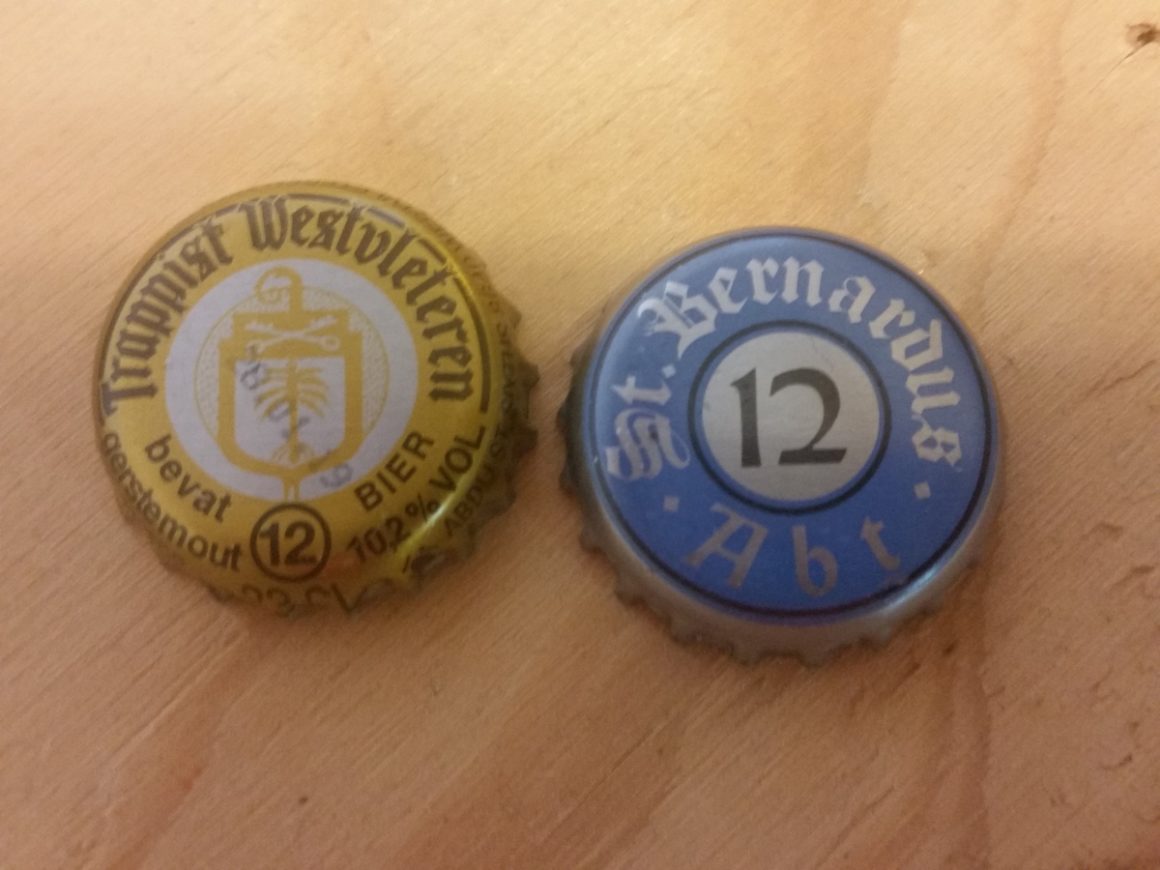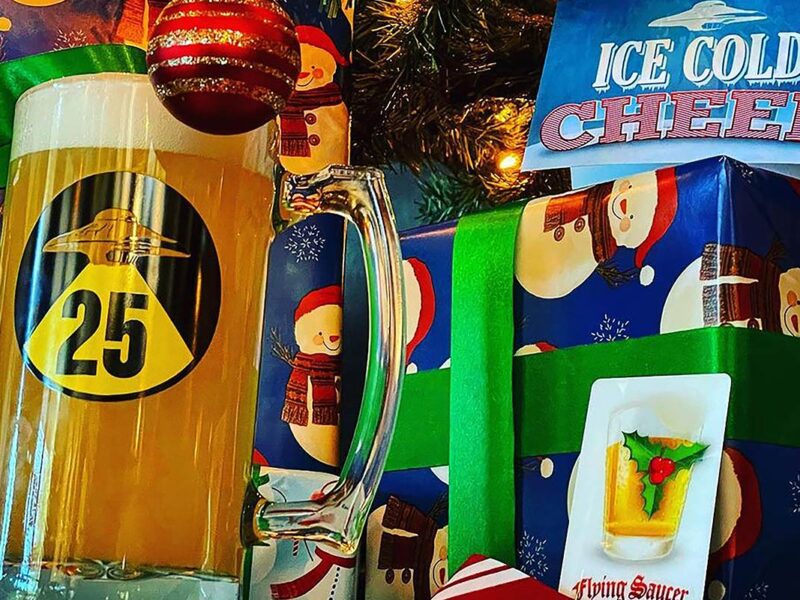Most beer aficionados know of Westvleteren XII, the Holy Grail of beers, brewed by the monks of the Saint-Sixtus Abbey in the southern countryside of Vleteren, Belgium. But few know the muddled history of this storied beer and its connection to St. Bernardus.
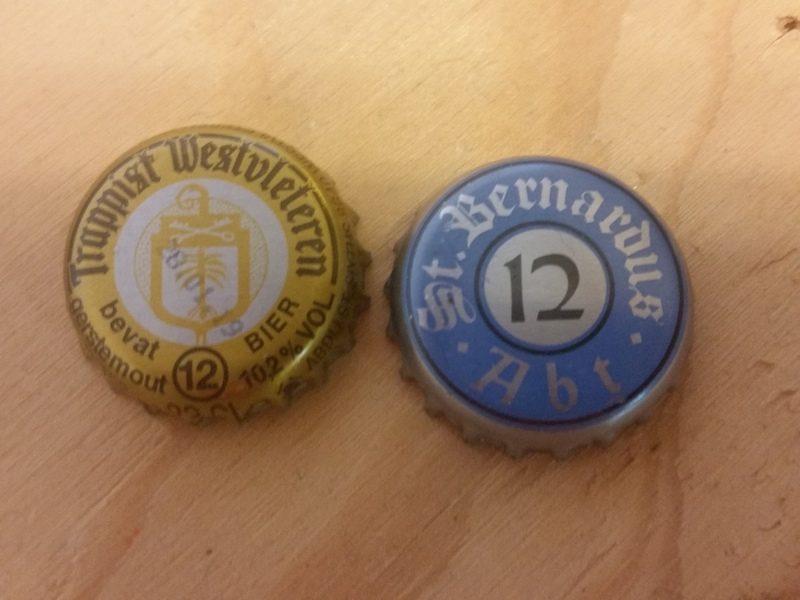
Since 1838, the monks at Saint-Sixtus Abbey have been brewing Trappist ales in the Belgian tradition in order to support their monastic way of life. But following World War II, the monks decided to commercialize their beer and scale back production at the abbey and find a place to brew on a larger scale than the monastery would allow. While looking for a brewing partner to support this increase in production, they found a cheese-making factory in nearby Watou known as the Refuge Notre Dame de St. Bernard that until 1934 was run by a French abbey community. In 1945, the monks partnered with Evarist Deconinck, who ran the cheese factory, and licensed him to brew their Trappist beers. In 1946, they officially formed Brewery St. Bernard. The Abbey’s brew master, Mathieu Szafranski, provided the beer recipes, the famous Saint-Sixtus yeast strain and the technical know-how to brew the beers. They sold the beer under the label “Trappist Westvletern,” which was later changed to “St. Sixtus,” and finally just “Sixtus.” In 1962, both parties agreed to sign another contract, allowing Deconinck to brew and sell the beer under the Brewery St. Bernard name.
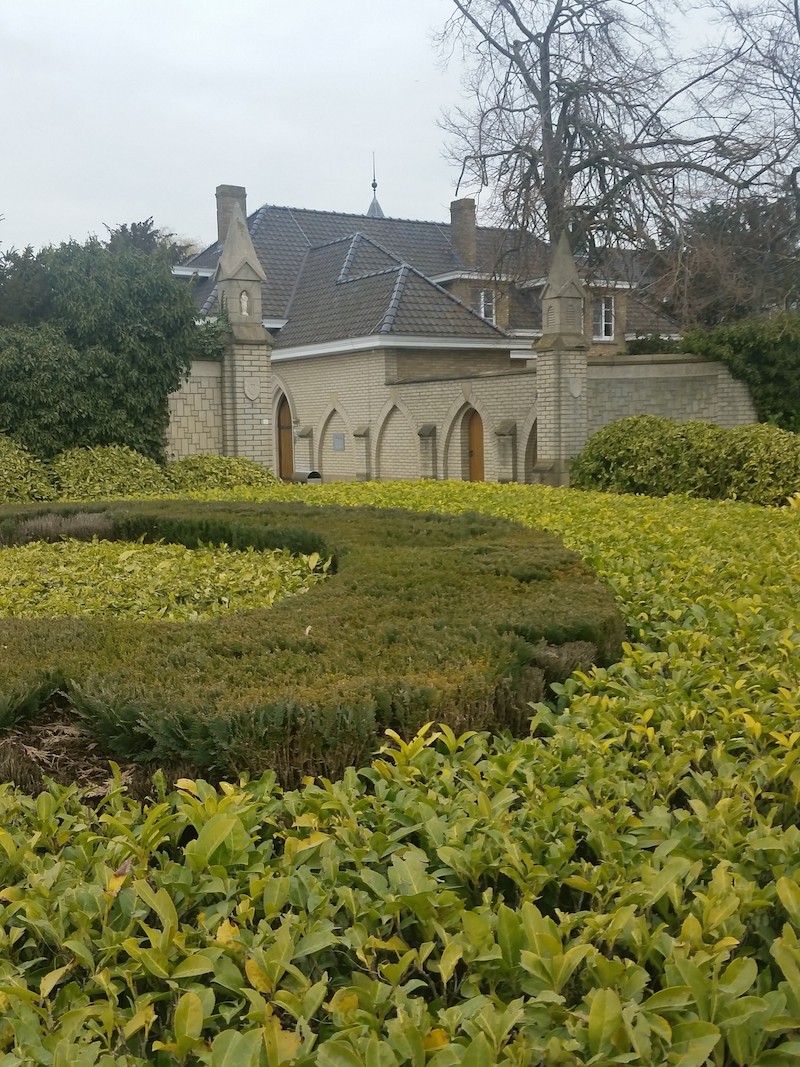
In 1992, the contract between Brewery St. Bernard and the abbey expired after the monks decided that Trappist beer must only be brewed within the walls of the monastery. Brewery St. Bernard was no longer allowed to use any reference to the monastery or even feature any monk regalia on their labels. You can see evidence of this when comparing the bottles used before 1992 and those after 1992, when the monk’s skullcap and the cleric’s tunic were removed, leaving only a bald man with no religious affiliation. They also then renamed the operation St. Bernardus Brewery to reflect this separation.

Today, St. Bernardus still brews the original quadrupel, under the name Abt 12, and also has a dubbel (Prior 8), two tripels (Tripel and the sweeter Watou Tripel), a witbier (Wit), a patersbier (Pater 6), a Belgian blonde (Extra 4, not in full production) and the St. Bernardus Christmas Ale (a spiced version of Abt 12). St Bernadus also runs the Brewery Kazematten brewpub in the town of Ypres, which brews Wipers Times 14 (Belgian blonde ale), Wipers Times 16 (Belgian dubbel) and Grotten Sante (Belgian brown ale). The Tripel and Abt 12 are both readily available in the United States.
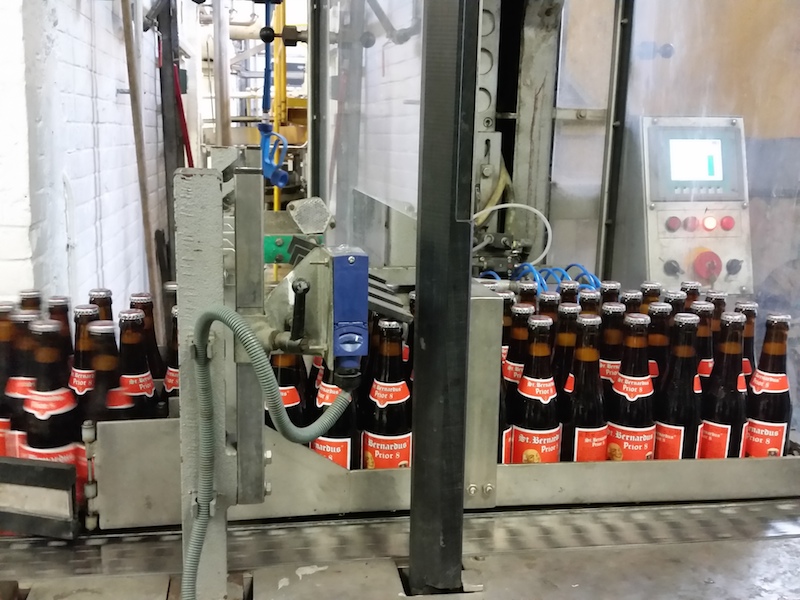
The monks of Saint-Sixtus still brew their original version of the Westvleteren XII (along with a dubbel and a blonde). Outside of visiting their café across the street or getting through on the abbey’s beer phone (which is nearly impossible), you aren’t able to purchase their beer, though some stores in Belgium illegally sell it at a high markup. On rare occasions, the monks will sell the beer internationally to raise additional funds to help sustain the abbey. Unlike the Abt 12, the Westvleteren XII is very difficult to find outside of Belgium.
When comparing the Abt 12 and the Westvleteren XII, it’s evident that they come from a similar recipe. The biggest difference is that the Westvleteren XII carbonation is lower and much smoother compared to the sharper carbonation of the St. Bernardus Abt 12. While both beers are bottle conditioned, there’s a good chance that differing amounts of yeast were used in carbonating the beer after initial fermentation. The overall flavor of the two is fairly close, but the St. Bernardus has more bubblegum notes (from the complex esters of the yeast) while the Westvleteren flavor is more holiday spice-forward (phenols, also from the yeast). Even though they both use the same yeast strain, this difference can possibly be attributed to the warmer fermentation temperatures used for Westvleteren.
The history of these two beers will be forever intertwined. If you can’t make it over to Belgium anytime soon, the St. Bernardus Abt 12 is a satisfactory substitute, not to mention much cheaper than a plane trip to Europe. But if you do find yourself in the Belgian countryside, you won’t be disappointed in a nice relaxing pint or two at the Saint-Sixtus Abbey and café while you take in the beautiful scenery.

